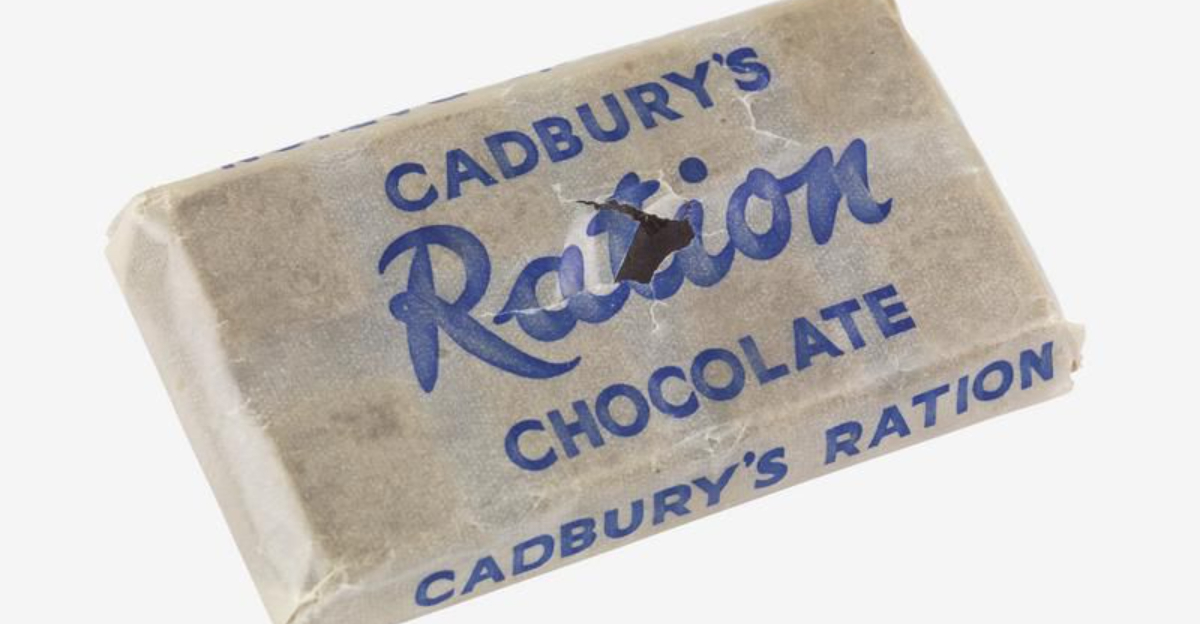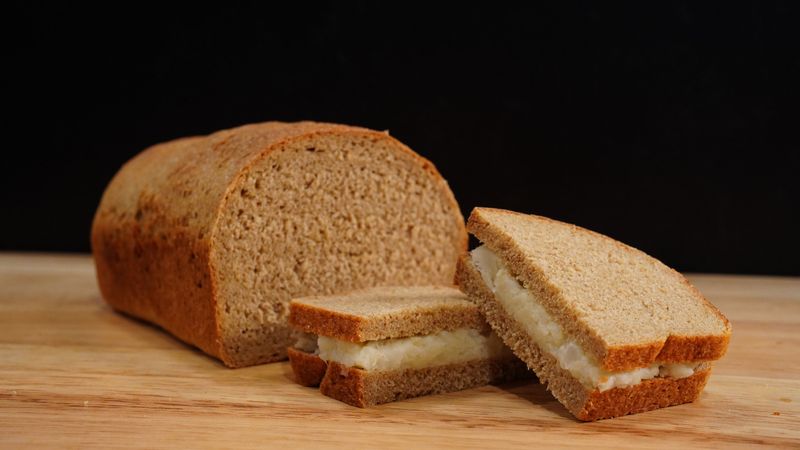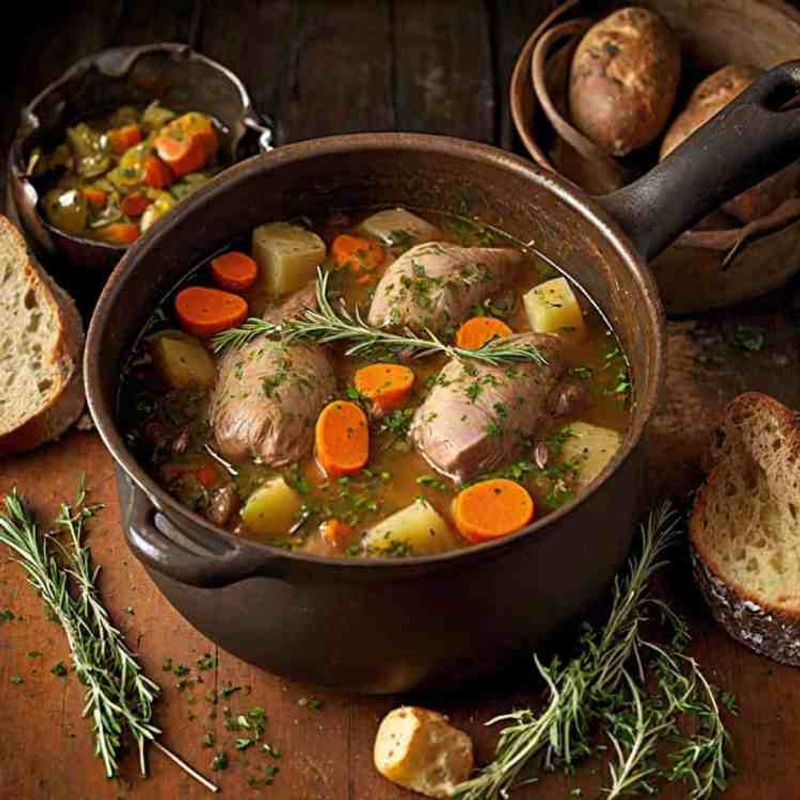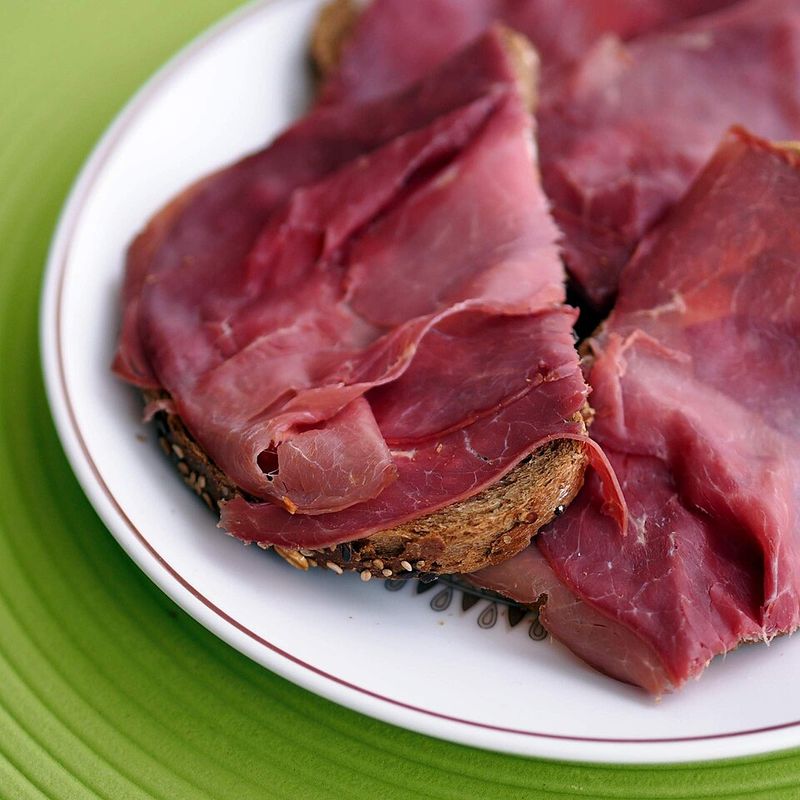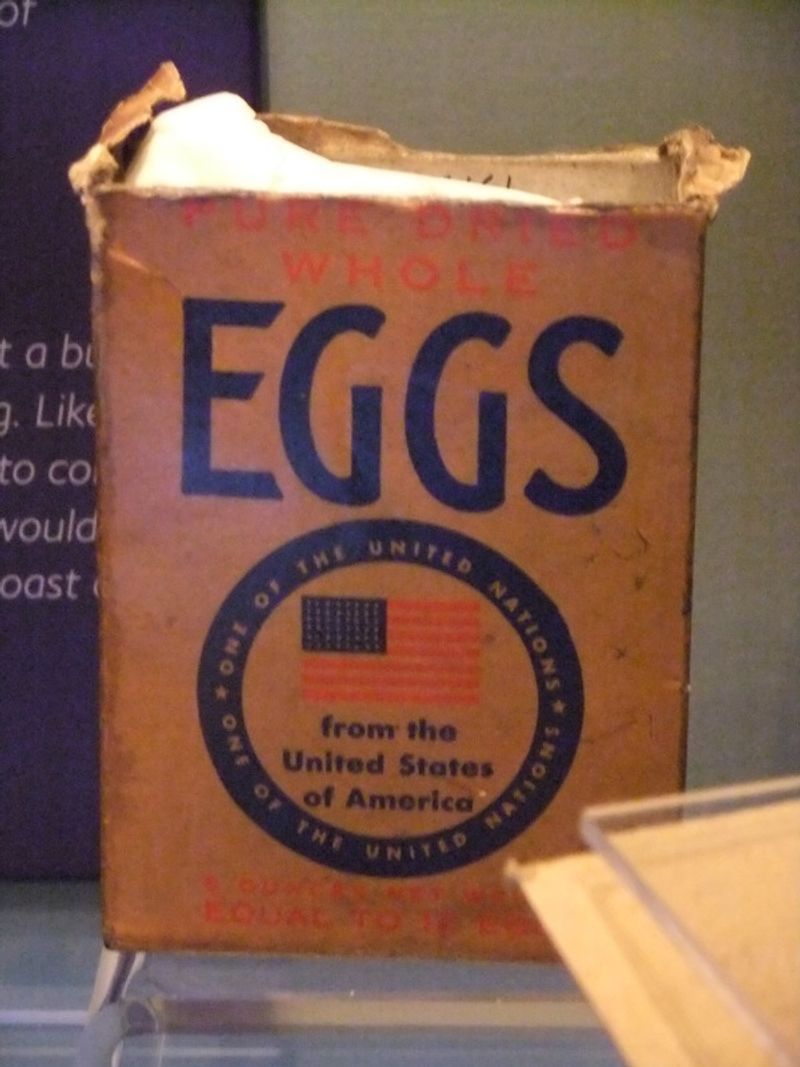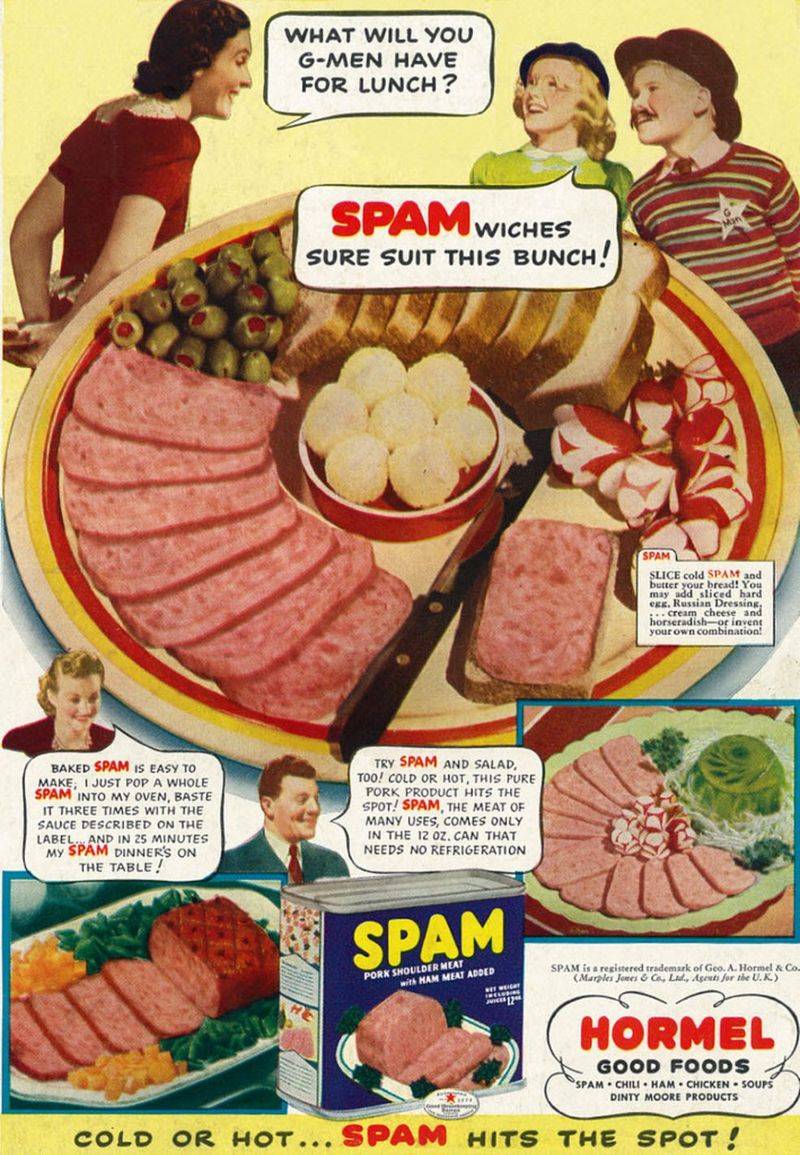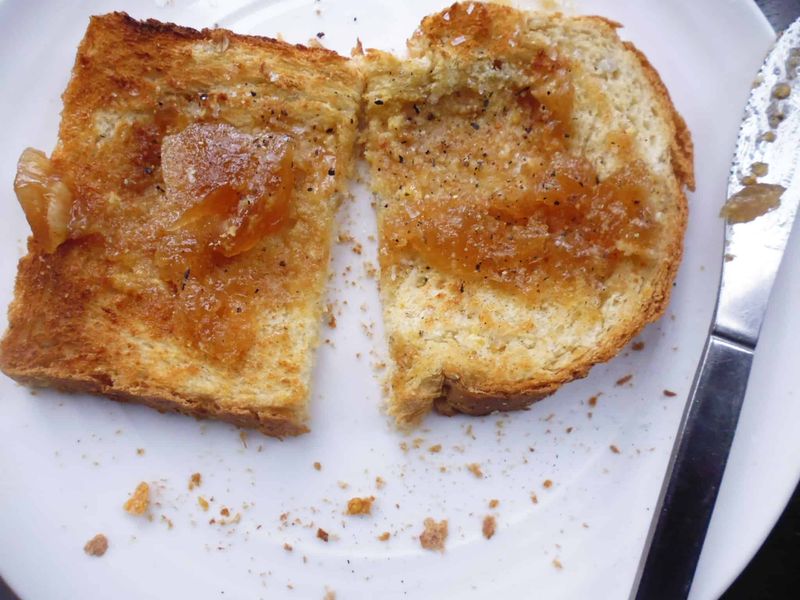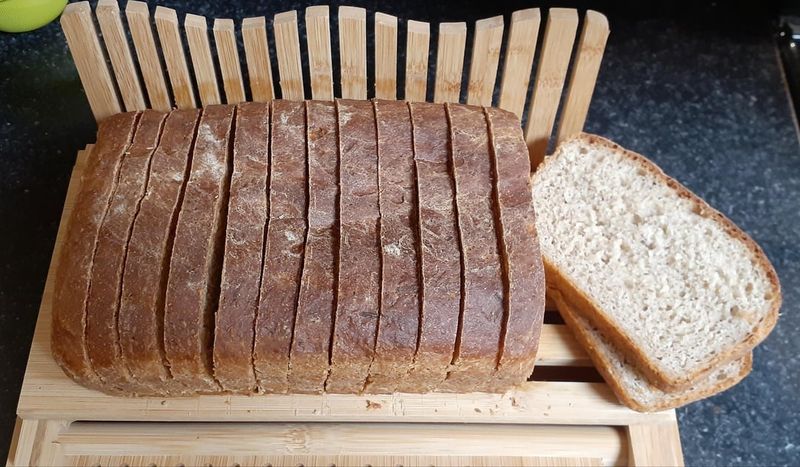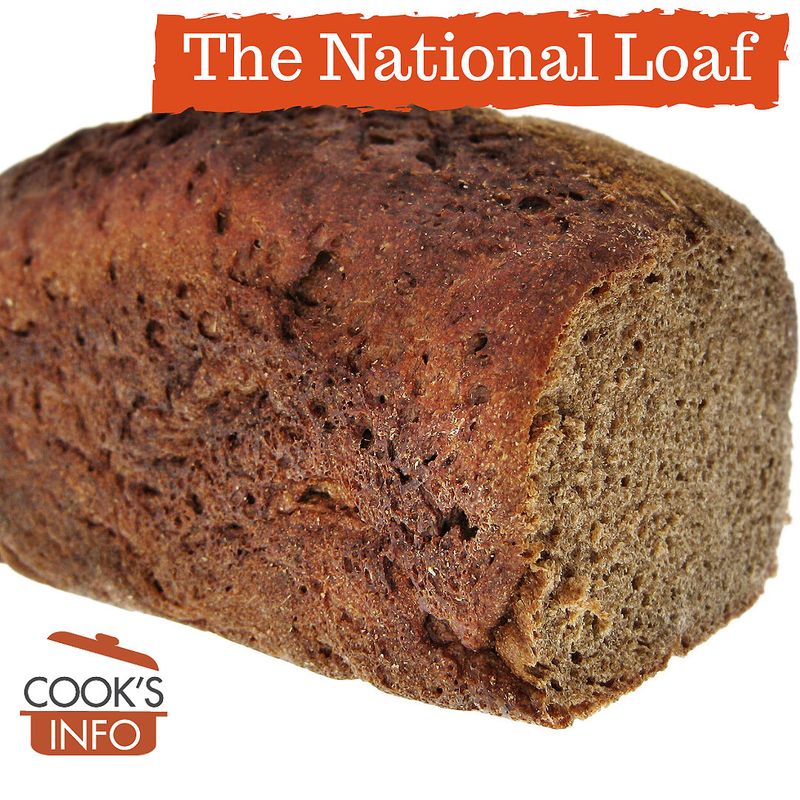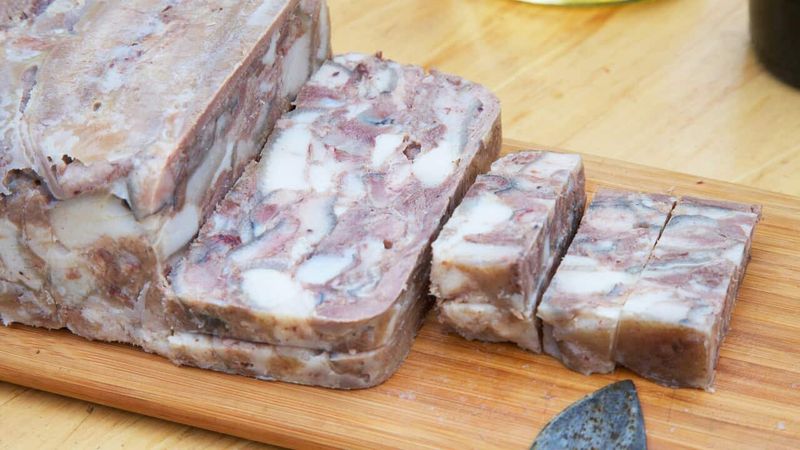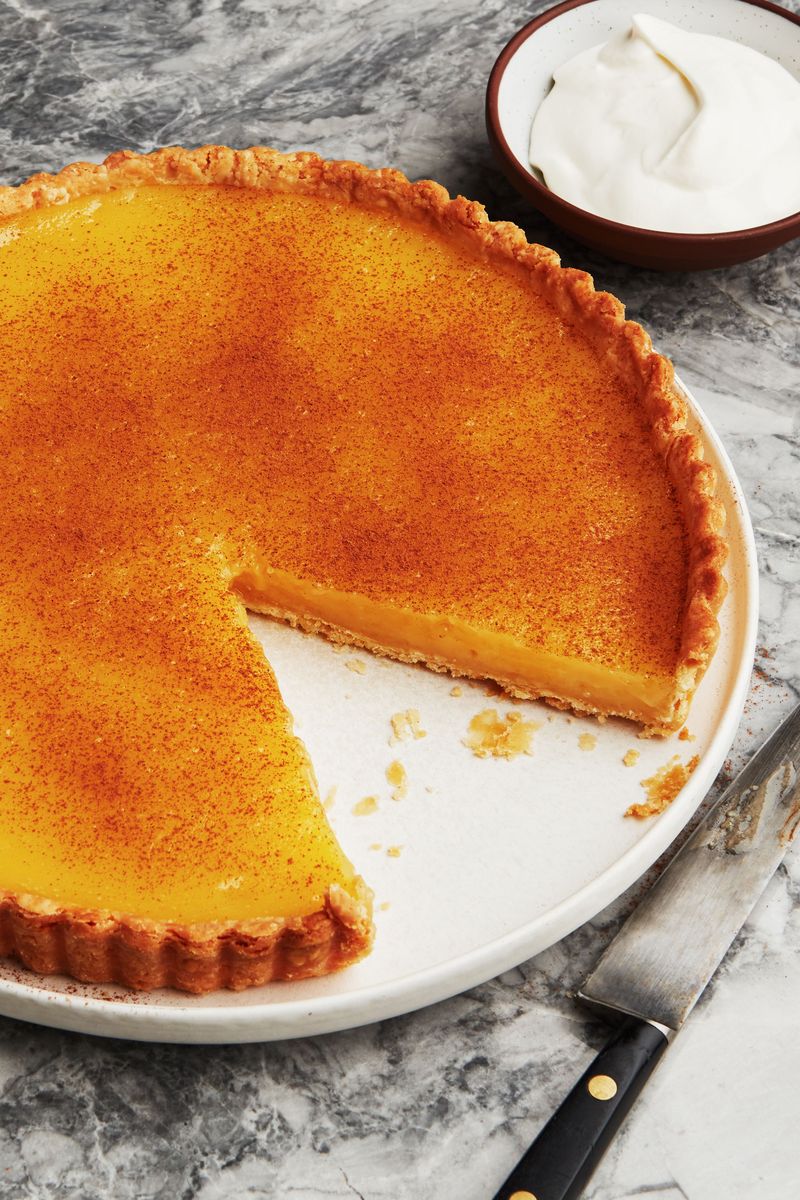Wars don’t just change maps and lives – they transform our dinner plates too. During global conflicts, food shortages forced people to get creative with substitutes and alternatives that would have seemed unthinkable in peacetime.
When ingredients like sugar, meat, and fresh produce became scarce, governments and households improvised with whatever was available.
Once the fighting stopped and normal food supplies resumed, most folks happily abandoned these makeshift meals, relegating them to the dustbin of culinary history.
1. Mock Banana (Made From Boiled Parsnips)
During WWII Britain, actual bananas vanished from shop shelves as shipping routes closed. Resourceful home economists created a bizarre substitute: boiled parsnips mashed with banana flavoring. The government even promoted this creation in recipe pamphlets!
Children who had never tasted real bananas sometimes enjoyed this strange concoction, unaware of how different it was from the genuine article. The texture was mushy, the color pale, and the flavor… questionable at best.
When banana boats finally returned to British ports after the war, the parsnip version quickly disappeared. No amount of nostalgia could convince anyone to choose the vegetable version over the real tropical treat.
2. Victory Garden Rabbit Stew
Rabbit hutches became as common as victory gardens during WWII. Families across America and Europe raised these fast-breeding animals in backyard pens, harvesting affordable protein when beef and pork were strictly rationed. Government campaigns praised rabbit meat as patriotic and practical.
The humble cottontail transformed into everything from Sunday roasts to hearty stews simmered with garden vegetables. Home economics classes even taught proper butchering techniques to housewives and children.
After the war, freezers filled with chicken and beef again. Gradually, the thought of eating these fluffy creatures became culturally uncomfortable, especially as rabbits hopped into American homes as beloved pets rather than dinner.
3. Horse Meat
The neighs from stable to table weren’t uncommon during wartime shortages. Horse meat appeared on dinner plates across Europe and even in America when conventional livestock became scarce. In 1940s Switzerland, horse steaks were standard fare, while Parisians lined up at specialized butcher shops called boucheries chevalines.
Governments promoted this meat as nutritious and patriotic. Recipe books offered suggestions for disguising its distinctive sweet flavor with heavy spices and long cooking times.
Post-war prosperity brought back beef and pork in abundance. Cultural attitudes shifted dramatically, especially in English-speaking countries, where horses transformed from emergency protein to companion animals that seemed taboo to consume.
4. Powdered Eggs
Fresh eggs became luxury items during wartime, replaced by their shelf-stable powdered cousins. These dehydrated yellow flakes arrived in paper cartons, ready to be reconstituted with water for everything from breakfast scrambles to cake batter. The military shipped millions of pounds overseas, while civilians made do with their rationed allotments.
Home cooks struggled with the product’s limitations. The powder mixed into lumpy solutions, produced rubbery textures, and never quite achieved the rich flavor of fresh eggs.
Veterans returned home with particularly strong memories of powdered egg breakfasts. When asked about wartime foods they’d never eat again, these pale, sulfurous imitations consistently topped the list.
5. SPAM-Based Everything
The iconic blue and yellow tin became wartime currency, feeding soldiers and civilians alike when fresh meat vanished. Home economists created an astonishing array of SPAM-centered dishes: SPAM fritters, SPAM salad, SPAM surprise, even SPAM upside-down cake for desperate dessert lovers.
British families received it through the Lend-Lease program, while Pacific Islanders encountered it through military bases. The processed meat product—a blend of pork, salt, water, sugar, and sodium nitrite—required no refrigeration and came ready to slice.
After victory celebrations, most Americans gladly returned to fresh meats. Though SPAM survived as a brand, its status shifted from daily staple to occasional nostalgic indulgence or regional specialty in places like Hawaii.
6. Dripping Sandwiches (Bread & Beef Fat)
Working-class British families once treasured the congealed fat collected from roasting meat. This precious substance—called ‘dripping’—spread on bread created a calorie-dense meal that sustained factory workers and schoolchildren through long days. During both World Wars, dripping sandwiches became even more valuable as butter disappeared.
Some enhanced their dripping with salt, pepper, or a sprinkle of herbs. Others added a dash of meat extract or gravy salt for extra flavor. The sandwiches traveled well in lunch pails and provided crucial energy during rationing.
As postwar prosperity returned and heart-healthy eating gained popularity, these fat-laden sandwiches faded from lunchboxes. Modern nutritional understanding relegated them to nostalgic memory rather than daily sustenance.
7. Turnip Bread
Germany’s ‘Turnip Winter’ of 1916-17 created desperate food shortages when potato crops failed. Innovative bakers turned to the humble turnip, grinding dried pieces into flour for bread. The resulting loaves were heavy, grayish, and bitter—but better than starvation.
The process was laborious: turnips were sliced, dried thoroughly, then ground into a coarse powder. This vegetable flour was mixed with whatever wheat or rye flour could be found, often at ratios favoring the turnip component.
Germans associated this bread with the worst hardships of WWI. When food supplies normalized, turnip bread vanished so completely that most modern Germans have never tasted it, knowing it only through grim stories from their grandparents.
8. National Loaf (UK)
The British government’s answer to wheat shortages arrived in 1942 as the National Loaf—a mandatory, standardized bread that bakers throughout the UK were required to produce. This dense, grayish-brown creation contained wheat germ, potato flour, and other fillers that stretched scarce wheat supplies.
Many Britons despised its coarse texture and slightly musty flavor. Children particularly objected to finding occasional bits of husk in their sandwiches. Despite complaints, it was nutritionally superior to the refined white bread it replaced.
When white flour restrictions lifted in 1956, bakers abandoned the National Loaf formula almost overnight. The public’s collective memory of this government-mandated bread remained so negative that similar whole-grain loaves struggled to find acceptance for decades afterward.
9. Wartime Porridge Variations (With Water, No Milk or Sugar)
Breakfast bowls became austere affairs when dairy and sugar vanished into rationing systems. Plain oats cooked in water replaced the creamy, sweetened porridge enjoyed before wartime. Families tried everything to improve this bland breakfast—from salt and pepper to grated turnip or carrot for natural sweetness.
Government nutritionists encouraged these variations as essential for health. Creative cooks sometimes added a spoonful of jam on special occasions or a scraping of margarine when available.
Children of this era recall the particular sound of spoons scraping against bowls of gluey, unsweetened oats. When dairy farms resumed normal production and sugar rationing ended, these spartan porridges quickly disappeared in favor of their richer, sweeter ancestors.
10. Carrot Lollipops
When sugar rations dwindled and candy disappeared, British parents faced children craving sweets. The Ministry of Food’s creative solution? Carrot lollipops—essentially carrot sticks stuck into paper cones, sometimes boiled with minimal sugar to enhance their natural sweetness.
Propaganda campaigns featuring cartoon characters tried convincing children these were delightful treats. Some versions involved cooking carrots down to a sticky paste, formed around sticks to more closely resemble actual candy.
The government’s efforts met with limited success. While kids reluctantly accepted these vegetable “treats” during wartime, they abandoned them with remarkable speed once real sweets returned. No amount of nostalgic reminiscing has ever sparked a carrot lollipop revival in school lunchboxes.
11. Ration Chocolate Bars (Like Britain’s “Austerity Chocolate”)
Chocolate lovers faced bitter disappointment with wartime ration bars. Britain’s infamous “Austerity Chocolate” contained minimal cocoa, supplemented with fillers like potato starch and paraffin wax. The resulting bars were thin, brittle, and notoriously gritty on the tongue.
Manufacturers struggled with ingredient limitations imposed by governments. Sugar was scarce, milk powder diverted to essential uses, and cocoa beans difficult to import during naval blockades.
Children born during wartime sometimes had no comparison point, accepting these pale imitations as normal. The contrast became startling when quality returned to shelves post-war. Chocolate companies quickly abandoned their wartime formulations, and consumers developed higher expectations that transformed chocolate from occasional treat to accessible luxury.
12. Brawn (Jellied Pig’s Head)
Nothing exemplified wartime’s “waste-not” philosophy better than brawn—a cold cut made by boiling a pig’s head until the meat fell off, then setting the mixture with its natural gelatin. This protein-packed dish stretched scarce meat supplies when more desirable cuts were unavailable or unaffordable.
Home cooks seasoned brawn with whatever herbs and spices could be found. The resulting terrine-like creation was sliced and served cold, often with bread and pickles for a complete meal.
Brawn required intensive labor—cleaning the head, removing unwanted parts, long hours of simmering—making it impractical once convenience foods emerged. Modern sensibilities about visible animal parts also contributed to its disappearance from dining tables after wartime necessity ended.
13. Homemade Vinegar Pie
When citrus fruits disappeared from markets during wartime shipping restrictions, resourceful bakers created vinegar pie as a surprisingly effective substitute for lemon desserts. This Depression-era innovation gained renewed popularity during WWII rationing.
The secret lay in diluted apple cider vinegar combined with spices, creating a tangy filling that mimicked lemon’s acidity. Some recipes included small amounts of butter and eggs when available, while others relied on water, flour, and sugar for a simpler custard base.
Though vinegar pie saved many special occasions during fruit shortages, it rapidly vanished from recipe boxes once real lemons returned. Few modern bakers have attempted this historical dessert, despite its clever use of pantry staples.
